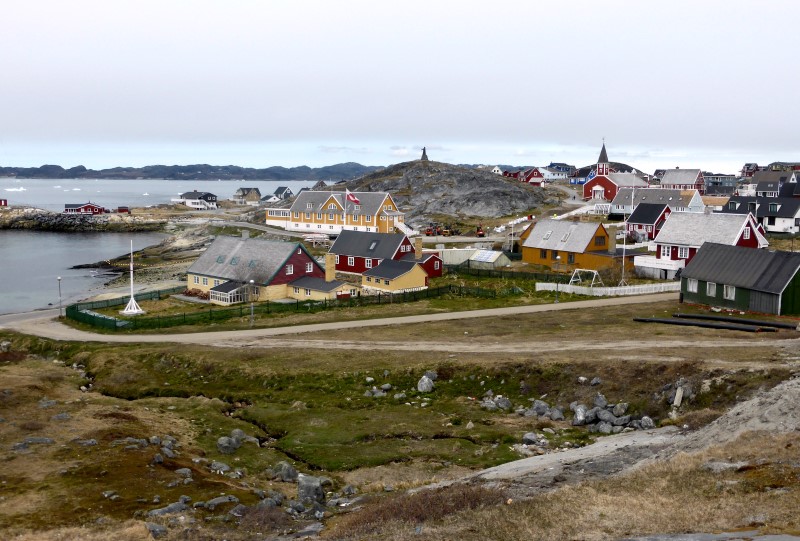Report finds Greenland consumer prices higher than Europe

If you neither smoke nor drink, eat light and only occasionally use the internet, you may find that living in Greenland is a bargain compared with the rest of the Nordic region. If you are a student, you can make out especially well.
A consumer-price comparison released today by Kalaallit Nunaanni Naatsorsueqqissaartarfik, Greenland’s statistics bureau, confirms the assumption that Greenland has a higher price level than Denmark, Finland, Iceland, Norway and Sweden, as well as the average of all 28 EU countries.
However, while EU price levels were 30 percent lower than in Greenland, Nordic price levels, in many cases, were only marginally lower. For example, Norway, the second most expensive country in the comparison, was 4.1 percent less expensive than Greenland.
This is a reversal from the previous comparison, published in January 2015. At that time, Norway, the most expensive country in that comparison, was 11.4 percent higher than runner-up Greenland.
At the other end of the Nordic scale in the current comparison is Finland, where prices are 17.5 percent lower than Greenland.
Compared with Denmark, Greenland’s prices were 6.3 percent higher at the end of 2016. This compares with a 2.4 percent difference at the end of 2014.
Despite losing ground overall to all the countries in the Nordic region except Iceland, there was considerable variation in the 12 categories of goods and services Kalaallit Nunaanni Naatsorsueqqissaartarfik looked at.
In five categories – clothing, housing, transport, education and ‘other’ – Greenland, in fact, came out less expensive than Denmark.
Greenland’s biggest price advantage is in the ‘education’ category, where prices are 58.7 percent lower. Although, the study notes that this weighs little in the overall comparison, since education in the two countries, as well as in the rest of the Nordic countries, is free.
Not surprisingly, imported foods were more expensive than in Denmark, as were alcohol and tobacco. Food and drink was 36 percent more expensive in Greenland, while the price of alcohol and tobacco was 97 percent higher.
Both figures represent a considerably larger gap than in 2014. Unfortunately, Kalaallit Nunaanni Naatsorsueqqissaartarfik suggests the 2016 figure may be more accurate, due to a change in data-collection methods. For food prices specifically, the implementation of a tax on sugary foods in Greenland also played a role. Also singled out: a decrease in the price of milk in Denmark while the price rose in Greenland.
Communication is another area where Greenlanders pay significantly more than Danes. The cost of telecom services and equipment was 60 percent higher in Greenland than in Denmark. This was 20 percentage points lower than in 2014, despite mobile services remaining considerably more dear in Greenland. But this may be comparing Apples to Androids, since internet use in Greenland is often metered, and speeds are generally slower than in Denmark, while the standard is a flat rate for unlimited use.
One last area where Greenlandic consumers come out ahead is on value-added, or sales, tax. Consumers in Denmark, for example, see prices of nearly all goods and services marked up 25 percent. Other Nordic countries have a similar rate, but generally pay slightly less than Danes thanks to a multi-tiered system.
Greenland, on the other hand, does not charge VAT. The price difference, the thinking must go, is already big enough without.